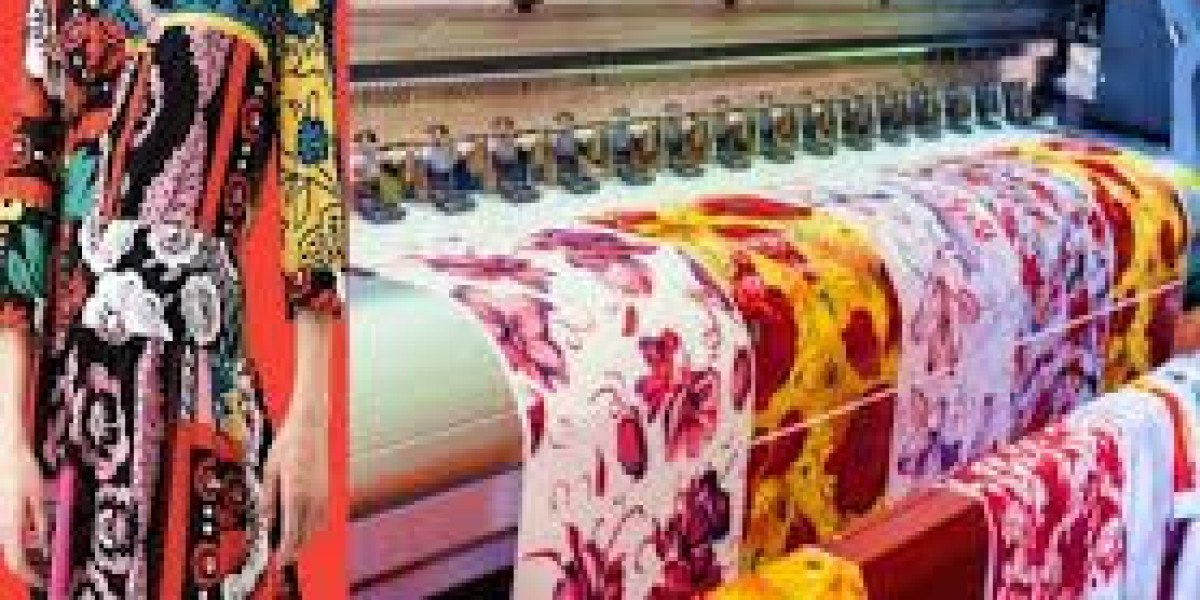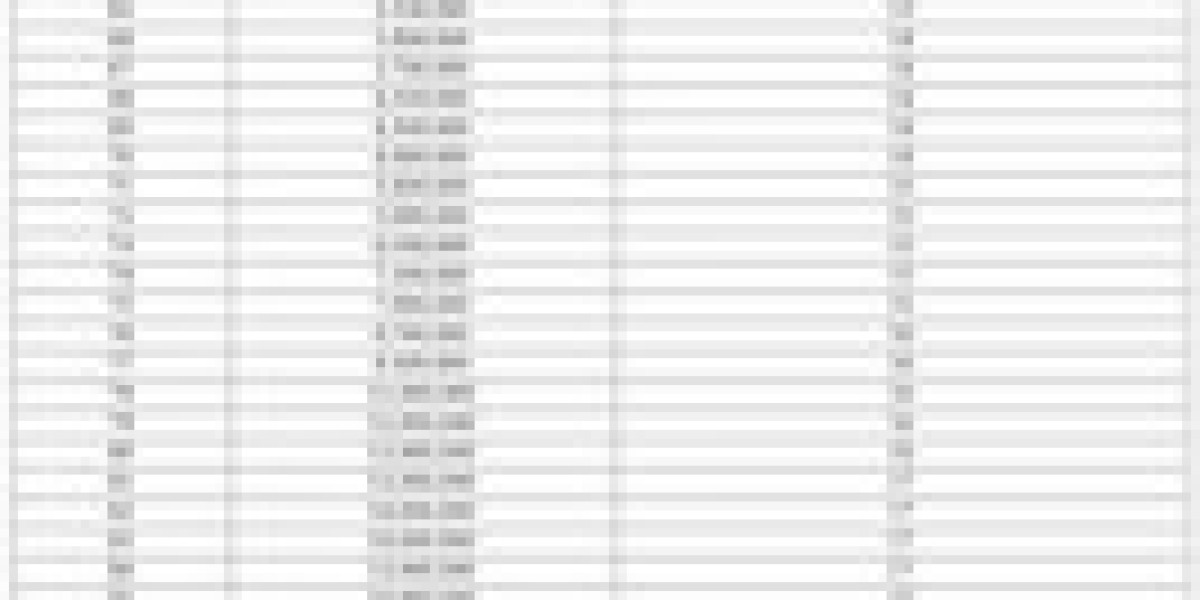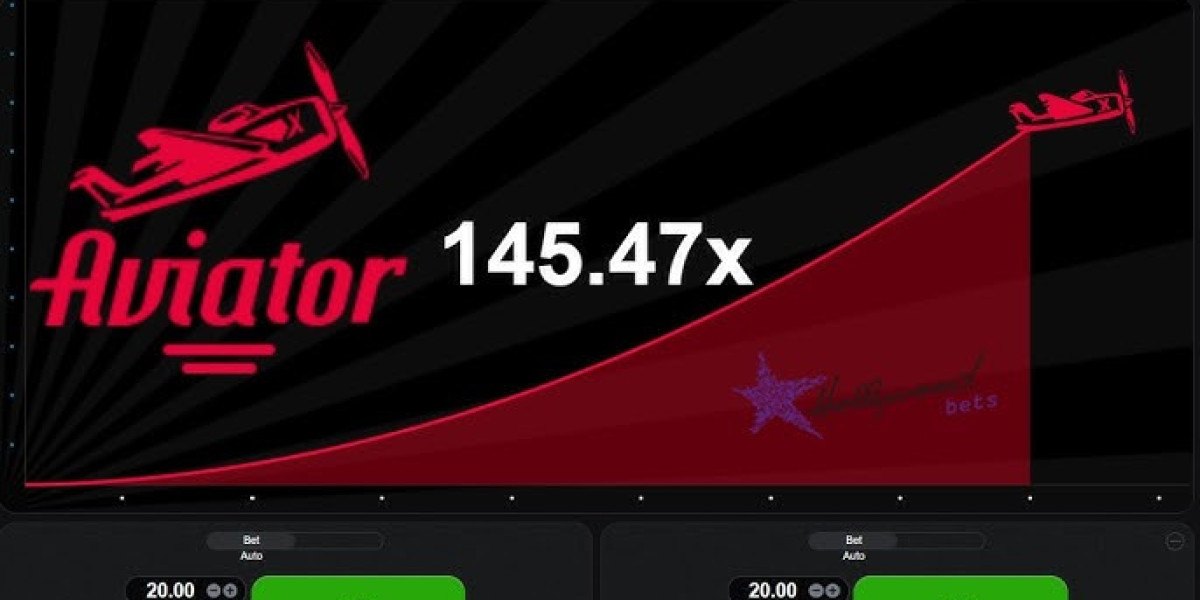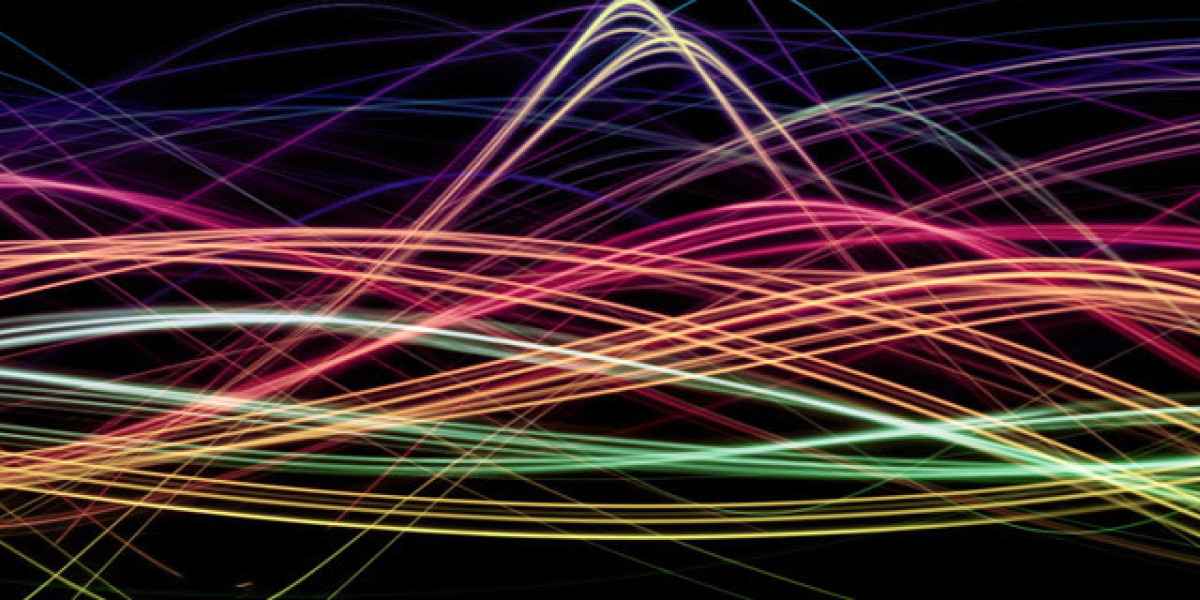The textile and fashion industries have entered a new era of creativity and technology, driven by digital fabric printing. This advanced printing technique has revolutionized the way designers and manufacturers create and produce fabrics. Gone are the days when textile design depended solely on screen or rotary printing methods. With digital printing, high-resolution designs, vibrant colors, and detailed patterns can now be transferred directly onto fabric in a matter of minutes.
Digital fabric printing is not only transforming aesthetics but also improving production efficiency and sustainability. From fashion houses and interior designers to small-scale entrepreneurs, everyone is embracing this innovation for its accuracy, versatility, and eco-friendly approach.
What Is Digital Fabric Printing?
Digital fabric printing is a process of printing designs directly onto fabric using computer-controlled inkjet technology. Instead of using printing screens or rollers, the design is digitally created on software and printed directly onto the textile. This allows for complex and colorful designs with exceptional detail and smooth color transitions.
The method involves the use of specialized printers and inks formulated for different fabric types such as cotton, silk, polyester, and blends. Once printed, the fabric is treated with heat or steam to permanently set the colors, ensuring durability and vibrant results.
How Digital Fabric Printing Works
The process of digital printing on fabric involves several carefully controlled steps to ensure precision and quality.
Design Preparation
Designers start by creating or editing digital artwork using design software such as Adobe Illustrator or CorelDRAW. This allows full control over patterns, color variations, and design scaling.
Fabric Pre-Treatment
Before printing, the fabric is coated with a special solution that helps the ink adhere properly and enhances color brightness.
Printing
The prepared fabric is loaded into a digital printer, where microscopic droplets of ink are sprayed directly onto the surface. Advanced print heads ensure exact placement of each drop, resulting in high-definition prints.
Fixation and Finishing
Once printing is completed, the fabric goes through heat setting or steaming to fix the color permanently. It is then washed and dried to remove excess ink and chemicals, giving the fabric a soft and professional finish.
types of Digital Fabric Printing
Dye-Sublimation Printing
This method is primarily used on polyester and synthetic fabrics. The design is first printed on transfer paper and then heat-pressed onto the fabric. The heat turns the dye into gas, bonding it with the fabric fibers for a long-lasting, vibrant print.
Direct-to-Fabric (DTF) Printing
DTF printing involves printing the design directly onto the fabric without the use of transfer paper. It works well on natural materials such as cotton, linen, and silk, producing soft and detailed results.
Reactive Printing
Reactive inks chemically bond with natural fibers like cotton and viscose, creating rich, permanent colors that do not fade or wash out easily.
Pigment Printing
Pigment printing uses pigment-based inks that sit on the surface of the fabric and are fixed with heat. It is an eco-friendly process, using less water and energy, and suitable for small-scale production.
Advantages of Digital Fabric Printing
Superior Print Quality
Digital printing delivers exceptional color vibrancy and design clarity. It reproduces detailed patterns, gradients, and photographic images with precision that traditional printing methods cannot achieve.
Design Flexibility
Designers can easily modify or customize designs without additional setup costs. This flexibility allows for personalized prints, small-batch production, and creative experimentation.
Cost-Effective for Small Runs
Unlike traditional printing, digital printing doesn’t require separate screens for each color. This reduces setup costs and makes it economical for smaller orders or customized fabric production.
Environmentally Sustainable
Digital fabric printing is one of the most eco-friendly textile production methods available. It uses less water, reduces dye waste, and minimizes chemical runoff, aligning perfectly with the goals of sustainable fashion.
Fast Turnaround
With digital technology, the printing process is faster and more efficient. Designs can be printed directly after approval, allowing manufacturers to respond quickly to changing market trends.
Applications of Digital Fabric Printing
Fashion and Apparel
Digital printing has become a vital tool in the fashion world. It enables designers to produce high-resolution prints for dresses, shirts, scarves, and accessories. The ability to create unique, custom designs enhances brand identity and creativity.
Home Furnishings
From curtains and upholstery to bed linens and cushions, digital printing has redefined home décor. Designers can now replicate intricate artworks or photographic images on textiles, creating customized interiors.
Sportswear and Performance Fabrics
Dye-sublimation digital printing is ideal for sportswear and activewear. It produces vibrant colors that do not crack, peel, or fade, even after repeated washing.
Promotional and Display Fabrics
Businesses use digital printing for banners, backdrops, and promotional items. It provides high-quality visuals that enhance branding and marketing materials.
Sustainability in Digital Fabric Printing
One of the most significant advantages of digital fabric printing is its eco-friendly nature. Traditional screen printing uses large amounts of water, dyes, and chemicals that can pollute the environment. Digital printing, however, drastically reduces these impacts.
Reduced Water Usage: Digital printing uses up to 90% less water compared to conventional printing.
Lower Energy Consumption: The process requires less heat and energy, helping reduce the carbon footprint.
Less Waste: Digital printing is an on-demand process, meaning only the required amount of fabric is printed—minimizing overproduction and waste.
Eco-Friendly Inks: Water-based and biodegradable inks further contribute to environmentally responsible production.
By combining technology and sustainability, digital printing supports the global shift toward greener manufacturing practices in the textile industry.
Technological Advancements in Digital Printing
Recent innovations have made digital printing faster, more efficient, and more precise. Modern printers come with advanced print heads that can produce higher resolutions and handle multiple ink types.
Artificial Intelligence (AI) and automation are now being integrated into printing systems to streamline workflows, improve color accuracy, and reduce human error. Cloud-based design systems also allow real-time collaboration between designers and manufacturers across different locations.
Moreover, the development of smart textiles and eco-inks continues to expand the potential applications of digital fabric printing in fashion and beyond.
Challenges in Digital Fabric Printing
While digital fabric printing offers numerous advantages, there are still a few challenges to address:
High Initial Investment: Professional-grade printers and inks can be expensive for small businesses.
Fabric Limitations: Certain fabrics need pre-treatment or may not fully absorb some ink types.
Color Matching: Maintaining consistent colors across different fabrics can be complex.
However, ongoing research and technological improvements are steadily overcoming these limitations, making digital printing more affordable and accessible for all.
Future of Digital Fabric Printing
The future of digital fabric printing is bright, with continuous advancements driving innovation. As demand grows for customization, sustainability, and fast production, digital printing is becoming the go-to solution for manufacturers worldwide.
Emerging trends include:
Eco-friendly, plant-based inks that further reduce environmental impact.
3D texture printing, adding depth and tactile effects to fabrics.
On-demand production, allowing consumers to design and order custom prints instantly.
Integration with smart textiles, combining design and functionality for next-generation fabrics.
These developments are not only changing how fabrics are printed but also how they are designed, marketed, and consumed.
FAQs
What makes digital fabric printing different from traditional printing?
Digital printing uses inkjet technology to print directly on fabric, offering greater detail, color control, and sustainability compared to traditional screen printing.
Which fabrics can be used for digital printing?
Cotton, silk, polyester, linen, and blends can all be digitally printed, though the type of ink used depends on the fabric composition.
Is digital fabric printing eco-friendly?
Yes. It uses less water and chemicals, produces minimal waste, and supports sustainable manufacturing practices.
How durable are digitally printed fabrics?
When properly fixed and finished, digital prints are highly durable and resistant to fading, washing, and wear.
Can digital printing handle bulk production?
Yes. Modern industrial printers can handle large-scale printing efficiently, maintaining quality even in mass production.
Conclusion
Digital fabric printing has transformed the global textile landscape. By merging creativity, technology, and sustainability, it has redefined how fabrics are designed, produced, and consumed. This innovative method delivers exceptional quality, reduces waste, and supports eco-conscious manufacturing—all while giving designers limitless creative possibilities.
As technology continues to evolve, digital fabric printing will play a central role in shaping the future of fashion and textile design. It represents not just a shift in technique, but a revolution—one where imagination meets innovation, and the result is a brighter, greener, and more colorful world of textiles.








